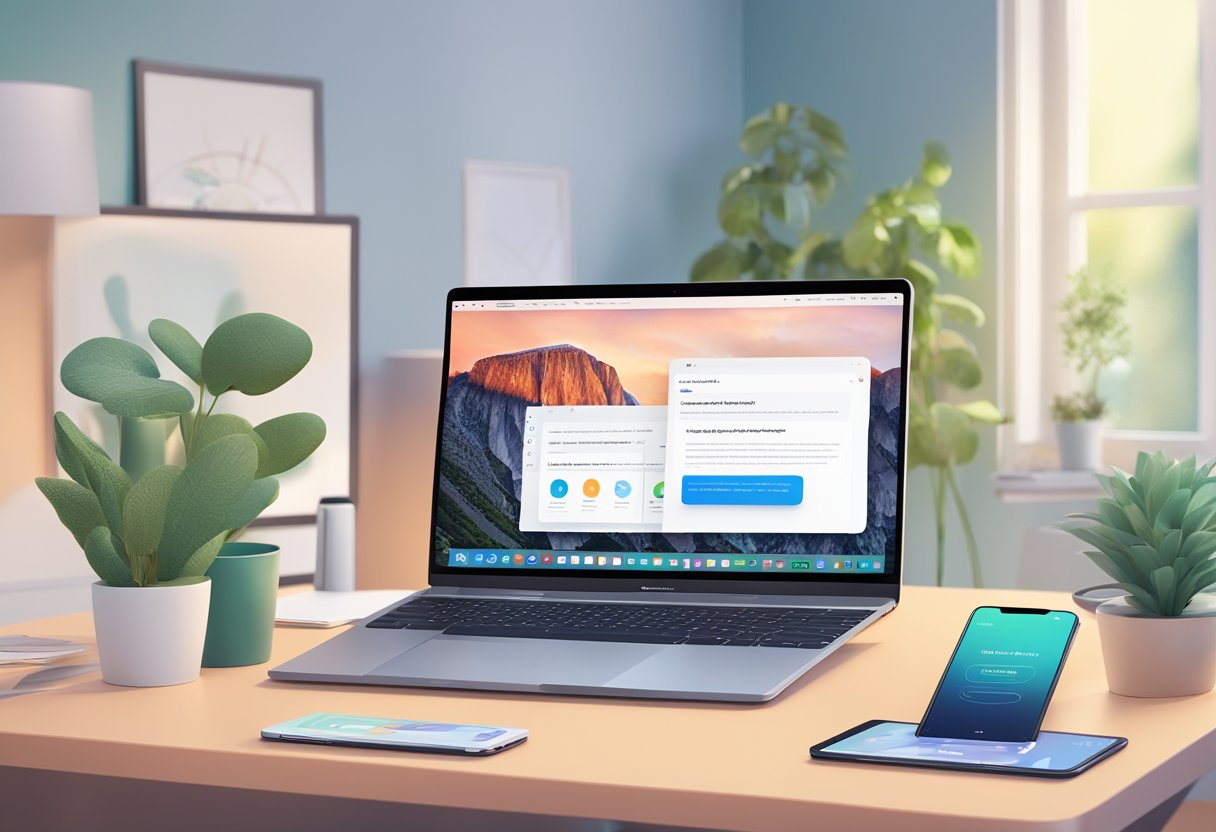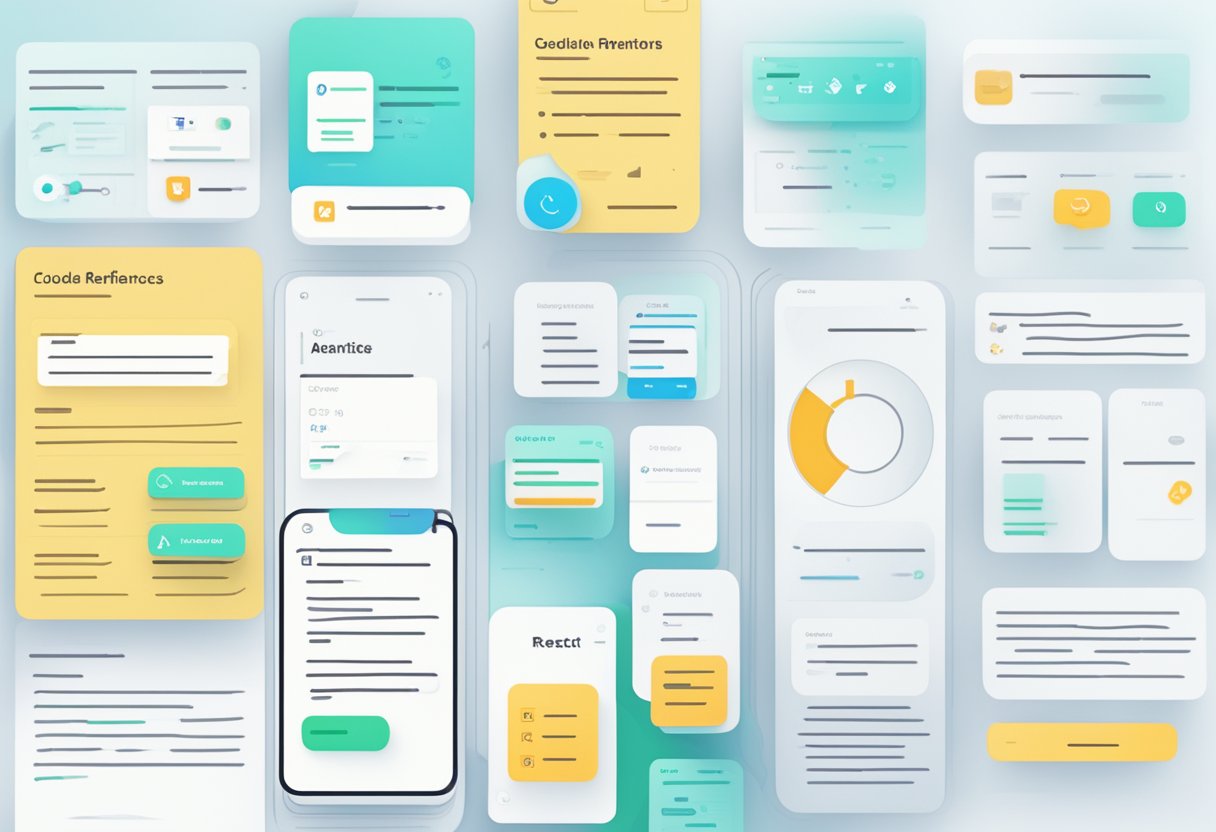React Native is a popular open-source framework used for building cross-platform mobile applications. It is based on the React library for building user interfaces and allows developers to write code once and deploy it on both iOS and Android platforms. While React Native offers many advantages, such as faster development times and a better user experience, it can be challenging for developers to learn and master.

To help developers get started with React Native, the framework provides comprehensive documentation that covers everything from installation and setup to advanced topics like animations and debugging. The documentation is well-organized and easy to navigate, with clear explanations and examples for each topic. Additionally, the React Native community is active and supportive, with many resources available for developers to learn and ask questions.
Overall, the React Native documentation is an essential resource for developers looking to build high-quality mobile applications. With its clear explanations and comprehensive coverage of topics, it provides a solid foundation for developers to learn and build upon. As the mobile app market continues to grow, React Native is likely to become an increasingly important tool for developers, and the documentation will continue to play a crucial role in its adoption and success.
Índice De Conteúdo
Getting Started

React Native is a popular JavaScript framework for building mobile apps that allows developers to write code once and deploy it on both iOS and Android platforms. In this section, we will cover the basic steps to get started with React Native.
Installation
Before getting started with React Native, developers need to install Node.js and the React Native CLI. Node.js is a JavaScript runtime that allows developers to run JavaScript code outside of a web browser. The React Native CLI is a command-line interface that allows developers to create and manage React Native projects. Developers can install Node.js and the React Native CLI by following the instructions on the official React Native documentation.
Project Setup
Once Node.js and the React Native CLI are installed, developers can create a new React Native project by running the following command in the terminal:
npx react-native init project-name
This command creates a new React Native project with the specified name. Developers can then navigate to the project directory and start the development server by running the following command:
cd project-name
npx react-native start
First App
After starting the development server, developers can run the app on an iOS or Android emulator or on a physical device by running the following command:
npx react-native run-ios
or
npx react-native run-android
This command builds the app and deploys it on the specified platform. Developers can then make changes to the code and see the changes reflected in the app in real-time.
In summary, getting started with React Native involves installing Node.js and the React Native CLI, creating a new project, and running the app on an emulator or physical device. With these basic steps, developers can start building mobile apps with React Native.
Core Components
React Native has several core components that are used to build mobile applications. These components are reusable and can be used across different platforms. The following subsections describe some of the core components in React Native.
View
The View component is used to create a container for other components. It is similar to a div in HTML. The View component can be styled using the StyleSheet API, which allows developers to apply styles to the component.
Text
The Text component is used to display text in a mobile application. It is similar to a span in HTML. The Text component can be styled using the StyleSheet API, which allows developers to apply styles to the component.
Image
The Image component is used to display images in a mobile application. It is similar to an img in HTML. The Image component can be styled using the StyleSheet API, which allows developers to apply styles to the component.
ScrollView
The ScrollView component is used to create a scrollable view in a mobile application. It is similar to a div with a scrollbar in HTML. The ScrollView component can be used to display a large amount of content that does not fit on the screen.
StyleSheet
The StyleSheet API is used to create styles for React Native components. It is similar to CSS in web development. The StyleSheet API allows developers to create reusable styles that can be applied to multiple components.
In summary, React Native has several core components that are used to build mobile applications. These components include View, Text, Image, ScrollView, and StyleSheet. These components can be styled using the StyleSheet API, which allows developers to create reusable styles for their applications.
API Reference

The React Native API Reference is an essential tool for developers who want to build cross-platform mobile applications with React Native. It provides a comprehensive list of all the available components, modules, and methods that developers can use to create their apps.
Animations
The Animations section of the API Reference provides developers with a list of all the animation-related components and methods available in React Native. This section includes information on how to create and customize animations, as well as examples of how to use them in your app.
Some of the key components and methods available in the Animations section include:
- Animated: A component that allows developers to create animated elements in their app.
- Easing: A module that provides a range of easing functions that can be used to create more complex animations.
- Animated.timing: A method that allows developers to create animations that change over time.
The Navigation section of the API Reference provides developers with a list of all the navigation-related components and methods available in React Native. This section includes information on how to create and customize navigation elements, as well as examples of how to use them in your app.
Some of the key components and methods available in the Navigation section include:
- Navigator: A component that allows developers to create a navigation stack for their app.
- NavigationExperimental: A module that provides a range of navigation-related components and methods that can be used to create more complex navigation structures.
- NavigatorIOS: A component that allows developers to create a navigation stack specifically for iOS.
Networking
The Networking section of the API Reference provides developers with a list of all the networking-related components and methods available in React Native. This section includes information on how to make HTTP requests, as well as examples of how to use them in your app.
Some of the key components and methods available in the Networking section include:
- Fetch: A method that allows developers to make HTTP requests in their app.
- XMLHttpRequest: A module that provides a more advanced way to make HTTP requests, including the ability to upload and download files.
- WebSocket: A component that allows developers to create a real-time connection between their app and a server.
In conclusion, the API Reference is a crucial resource for any developer working with React Native. By providing a comprehensive list of all the available components, modules, and methods, it makes it easier to build cross-platform mobile applications with React Native.
Guides

The Guides section of the React Native documentation provides detailed information on how to build applications for both iOS and Android platforms.
Platform Specific Code
One of the biggest challenges of building cross-platform mobile applications is dealing with platform-specific code. React Native provides a comprehensive guide on how to write platform-specific code, which includes detailed instructions on how to use platform-specific extensions and APIs.
The guide also provides information on how to handle platform-specific styles and how to use platform-specific components. The guide is well-structured and easy to follow, making it an excellent resource for developers who are new to React Native.
Performance Optimization
Performance is a critical factor when building mobile applications, and React Native provides a guide on how to optimize the performance of your application. The guide covers topics such as reducing the size of your application, improving the performance of your code, and optimizing the use of memory.
The guide also provides tips on how to use profiling tools to identify performance bottlenecks and how to optimize the performance of your application. The guide is comprehensive and well-written, making it an excellent resource for developers who want to build high-performance mobile applications.
In conclusion, the Guides section of the React Native documentation is an excellent resource for developers who want to build cross-platform mobile applications. The section provides detailed information on how to write platform-specific code and optimize the performance of your application.
Advanced Topics
Native Modules
React Native allows developers to create custom Native Modules in order to access native functionality that is not available in JavaScript. Native Modules are written in Objective-C or Java, and they can be used in both iOS and Android platforms. This feature is particularly useful when developing complex applications that require access to native APIs.
To create a Native Module, developers need to follow a few steps. First, they need to create a new Native Module class in their project. Then, they need to define the methods they want to expose to JavaScript. Finally, they need to register the module in the React Native bridge.
Native Modules can be used to access a wide range of native functionality, including camera, contacts, location, and more. They can also be used to integrate third-party libraries that are not available in JavaScript.
Headless JS
Headless JS is a feature in React Native that allows developers to run JavaScript code in the background, even when the app is not actively running. This feature is particularly useful for tasks that require periodic updates, such as syncing data with a server or performing background calculations.
Headless JS works by creating a separate JavaScript thread that runs in the background. This thread can be triggered by a variety of events, such as a system notification or a timer. Once triggered, the thread can perform any JavaScript code, including network requests and database queries.
To use Headless JS, developers need to create a new Headless JS task in their project. This task should define the JavaScript code that needs to be executed in the background. Then, they need to register the task with the React Native bridge.
Overall, Native Modules and Headless JS are powerful features in React Native that allow developers to access native functionality and run JavaScript code in the background. These features can be used to create complex applications that provide a seamless user experience.

